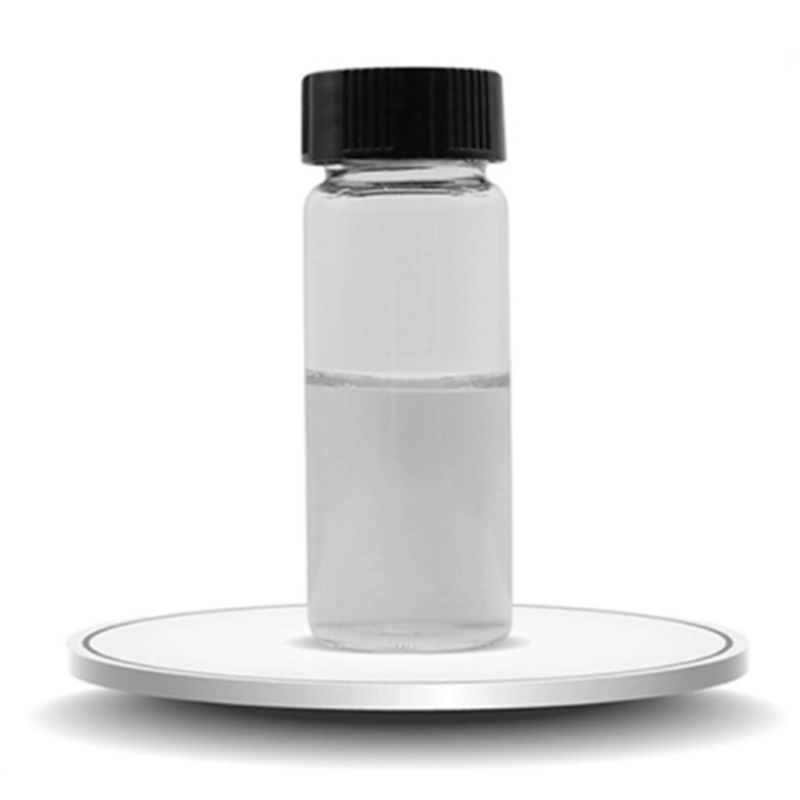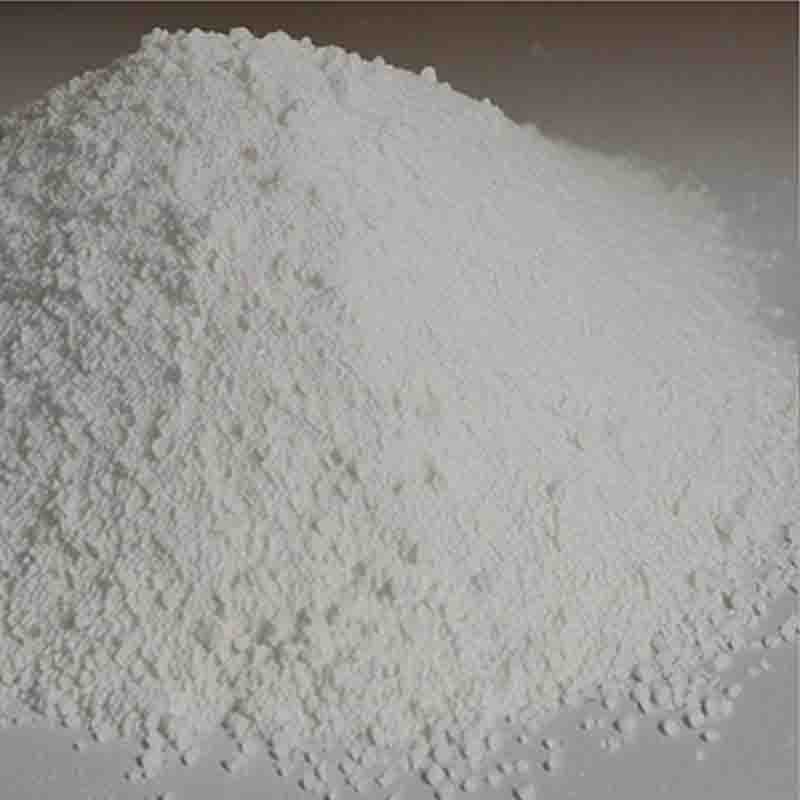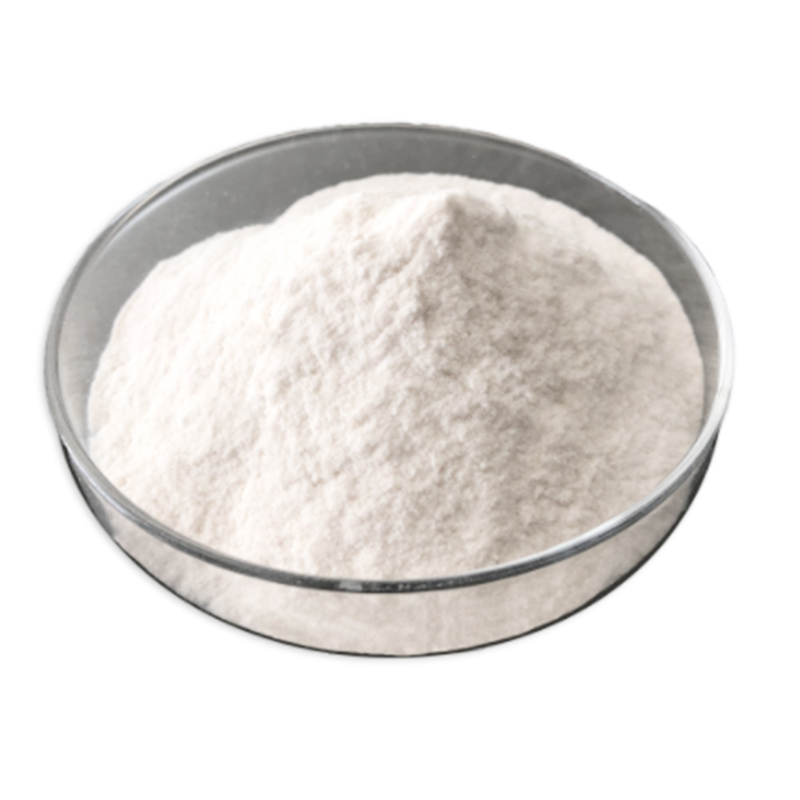Indole-3-carboxaldehyde CAS:487-89-8
| Catalog Number | XD95478 |
| Product Name | Indole-3-carboxaldehyde |
| CAS | 487-89-8 |
| Molecular Formula | C9H7NO |
| Molecular Weight | 145.16 |
| Storage Details | Ambient |
Product Specification
| Appearance | White powder |
| Assay | 99% min |
Indole-3-carboxaldehyde (I3C) is an organic compound that is derived from indole, an aromatic heterocyclic compound commonly found in plant-based foods such as broccoli, cabbage, and other cruciferous vegetables. While there is limited research specifically on the effects of indole-3-carboxaldehyde, its parent compound, indole-3-carbinol (I3C), has been extensively studied for its potential health benefits.One of the main effects attributed to I3C is its ability to influence estrogen metabolism in the body. It is believed that I3C promotes a healthier balance of estrogen by modulating the breakdown of the hormone into favorable metabolites. This can be beneficial for individuals with hormonal imbalances or conditions related to estrogen dominance. Additionally, the modulation of estrogen metabolism by I3C has been linked to its potential anti-cancer effects, particularly in hormone-related cancers such as breast, prostate, and ovarian cancer.Moreover, I3C is considered to possess anti-inflammatory and antioxidant properties. Inflammation and oxidative stress are underlying factors in various chronic diseases, including cardiovascular disease, neurodegenerative disorders, and certain types of cancer. I3C has been shown to inhibit inflammation and protect cells against oxidative damage, potentially contributing to its overall health-promoting effects.Another potential effect of I3C is its ability to regulate phase I and phase II detoxification enzymes in the liver. These enzymes play a crucial role in metabolizing and eliminating toxins from the body. By enhancing the activity of these enzymes, I3C may support the body's natural detoxification processes, leading to a more efficient removal of harmful substances.Additionally, I3C has been studied for its potential antimicrobial activity, particularly against certain strains of bacteria and viruses. It has shown promising results in inhibiting the growth of Helicobacter pylori, a bacterium associated with gastric ulcers and stomach cancer. Furthermore, it may have antiviral properties that could be beneficial in the prevention or treatment of viral infections.It is important to note that the effects of indole-3-carboxaldehyde may differ from I3C, as it is a different compound. However, based on its relationship to I3C, it is reasonable to speculate that indole-3-carboxaldehyde might share similar health benefits. Further research is needed to explore the specific effects and mechanisms of indole-3-carboxaldehyde to fully understand its potential health-promoting properties.In summary, while research specifically on indole-3-carboxaldehyde is limited, its parent compound I3C has shown potential health benefits such as influencing estrogen metabolism, exhibiting anti-cancer, anti-inflammatory, and antioxidant effects, supporting detoxification processes, and potentially possessing antimicrobial properties. Further exploration is warranted to determine the precise effects and mechanisms of indole-3-carboxaldehyde and establish its potential health-promoting properties. As always, consult with a healthcare professional before incorporating any new compounds or supplements into your routine.









